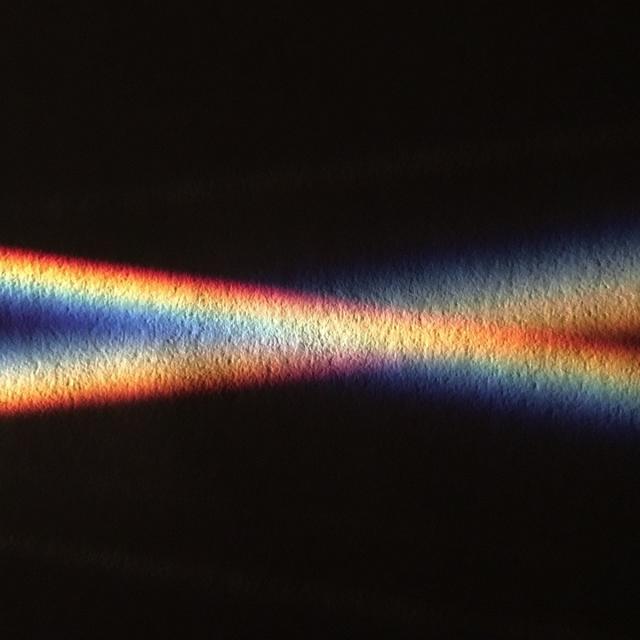MOOC List is learner-supported. When you buy through links on our site, we may earn an affiliate commission.

MOOC List is learner-supported. When you buy through links on our site, we may earn an affiliate commission.
We begin with a description of how different wavelengths propagate through systems, then move on to aberrations that appear with high angle, non-paraxial systems and how to correct for those problems. The course wraps up with a discussion of optical components beyond lenses and an excellent example of a high-performance optical system – the human eye. The mathematical tools required for analysis of high-performance systems are complicated enough that this course will rely more heavily on OpticStudio by Zemax. This will allow students to analyze systems that are too complicated for the simple analysis thus far introduced in this set of courses.
Course 3 of 3 in the Optical Engineering Specialization.
Syllabus
WEEK 1
Chromatic Aberrations
We now move away from the first order approximations and into real lenses and imperfect optical systems. We begin with a description of how different wavelengths propagate through systems.
WEEK 2
Ray Aberrations
This module introduces the many types and causes of monochromatic imperfections in optical systems. We begin with the mathematical background of the causes of aberrations, then introduce a number of common aberrations so that you may recognize them in your own systems.
WEEK 3
Field Curvature and Distortion
This module continues to discuss monochromatic imperfections in optical systems. We introduce field curvature and distortion so that you may recognize them in your own systems and then summarize the causes and effects of 3rd order aberrations along with the mathematical tools to describe them.
WEEK 4
Techniques for Reduction of Aberrations
The previous three modules have discussed the various types of aberrations you will find in your optical systems. We now move to how to design a system that limits those aberrations.
WEEK 5
Optical Components
In this last module before the capstone, we change gears from aberrations, and discuss a number of other optical elements that are usual in systems other than lenses. We cover light shaping with prisms, GRIN lenses, diffractive optics such as diffraction gratings and Fresnel lenses. Then we finish with an important optical element to all of us - the human eye. This module covers a lot of material and may take you a bit longer than the others.
MOOC List is learner-supported. When you buy through links on our site, we may earn an affiliate commission.
MOOC List is learner-supported. When you buy through links on our site, we may earn an affiliate commission.
